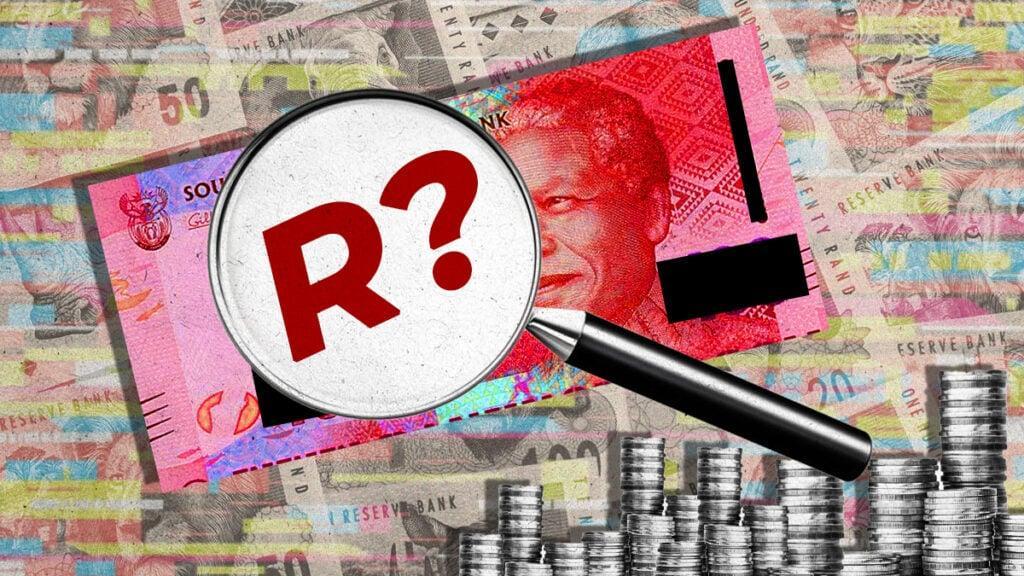Africa-Press – South-Africa. If South Africa’s growth had kept up with its peers over the last 15 years, it would have added an extra R5 trillion to the fiscus, which could have gone a long way in repaying debt and improving SOEs like Eskom and Transnet.
Osagyefo Mazwai, investment strategist at Investec Wealth & Investment International, explained that South Africa has had 15 years of lost growth.
“It is our proposition that had South Africa followed a more pragmatic approach over the last 15 years, focusing on the structural enablers of the economy, the outcomes could have been more beneficial for the economy and for society.”
“South Africa has grown over the last 15 years, averaging around 1% a year, but the population has grown at a higher rate of around 1.3%.”
Adding to this strain is the structural break in South Africa’s economic performance relative to the rest of the world, with a stark dislocation in GDP per capita.
“In essence, people are worse off than they were in 2010, suggesting that economic policy has been ineffectual in addressing poverty, unemployment and inequality.” Per capita, the rest of the world is 50% richer than the average South African.
“Growth of 1% will not lead to the envisaged goals of lifting people out of poverty and meaningfully addressing the problems of unemployment and inequality.”
Investec also compared nominal GDP over the period with what it would have been had the South African economy been growing at 4.5% per year, in line with emerging market peers.
“Had the economy grown at 4.5%, our nominal GDP would have been just below R12 trillion in 2024, compared with the actual number of R7.5 trillion, around 36.7% smaller.”
“These are significant numbers, especially when one considers the benefits that could have been derived from a vastly larger GDP.”
South Africa’s growth rates have similarly impacted government revenues. Mazwai said that in 2024 alone, government revenue could have been around R800 billion higher than it was.
Just a few weeks ago, South Africa faced a Budget impasse due to a funding shortfall and the need to raise R75 billion in the medium term to cover the shortfall.
However, Mazwai said that this shortfall is insignificant if one considers how much more could have been raised had the economy grown more in line with emerging market peers.
Date sampled: 27 May 2025; Source: Investec Wealth & Investment, World Bank
A ‘scary’ loss for South Africa
“The cumulative figure of revenue foregone is scary, at around R5 trillion over the last 15 years,” Mazwai explained.
“That is material, considering the fiscal constraints facing South Africa and demonstrates the need to ensure economic growth to boost the fiscal war chest and further enable the capacity of the state to deliver services.”
To put this loss into perspective, Mazwai pointed out that this R5 trillion would have been enough to clear almost 90% of the country’s gross national debt.
This would have lowered the debt-to-GDP ratio to just below 10%, compared to this year’s expected peak of 77%. Alternatively, this money could have been used to fund Eskom’s transmission lines.
The power utility needs R390 billion for this project over the next decade. “This is a fundamental pillar of creating greater capacity in the energy sector and ensuring that there is broader-based access to electricity.”
“Electricity is the backbone of any structural improvement, especially considering the goals of the government to build domestic manufacturing capacity and create meaningful employment opportunities.”
If South Africa’s growth had been 4.5% over the last 15 years, this expense would have been a drop in the ocean, Mazwai said.
Transnet is another major infrastructural challenge facing the country at the moment. The SOE needs R160 billion to upgrade rail and port infrastructure – a small portion of the lost R5 billion.
“Our logistics networks are key in connecting the economy across its internal nodes, but also key in building additional capacity to meet the demands of external markets.”
Date sampled: 23 May 2025; Source: Investec Wealth & Investment, SARB
Date sampled: 23 May 2025; Source: Investec Wealth & Investment, SARB, NT
Fixing infrastructure
Many experts have pointed out that Eskom and Transnet’s lacklustre performance is one of the most significant factors impeding South Africa’s economic growth.
“Eskom has R400 billion in debt – the government could have bailed out Eskom 12 times. Transnet has R140 billion debt – the government could have bailed out Transnet many times too.”
Social grants will also cost the fiscus around R266 billion this year. An increasing number of South Africans rely on social grants every year.
According to Stats SA, South Africans receiving social grants increased from 13% in 2003 to 40% in 2024. There were also five provinces where a larger percentage of households received grants compared to salaries.
“These would have been more than affordable had growth been 4.5%, and potentially materially higher than what marginalised citizens receive now,” Mazwai said.
Since many more people would have been absorbed into the labour market, paying out larger social grants would have been even easier, making it more possible for marginalised individuals to rise out of poverty.
“The significance of these stats is to show how South Africa could have been better positioned to address the prevailing needs of the state.”
“Granted, if the economy was growing at 4.5%, the assumption is that Transnet and Eskom, and some of the other structural enablers of the economy, would have been functioning properly.”
Mazwai added that the numbers indicate the potential for vastly greater capacity to invest in the productive elements of the South African economy.
These include infrastructure, education, and healthcare. It could also go a long way to fund salaries for critical workers like teachers, nurses, and doctors.
Date sampled: 23 May 2025; Source: Investec Wealth & Investment, SARB
For More News And Analysis About South-Africa Follow Africa-Press






